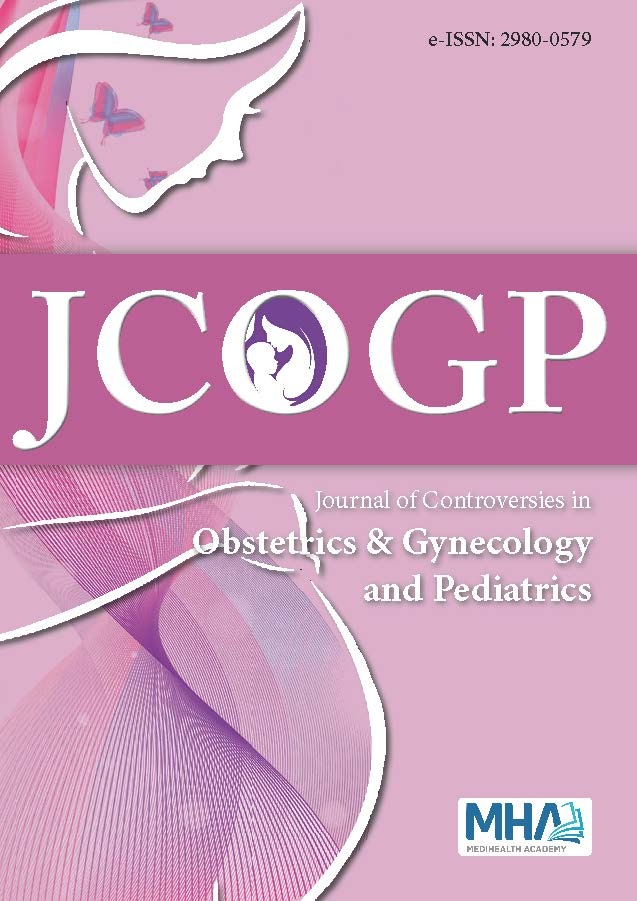1. Rochat RW, Koonin LM, Atrash HK, Jewett JF. Maternal mortality inthe United States: report from the Maternal Mortality Collaborative.Obstet Gynecol. 1988;72(1):91-97.
2. FitzGerald DE, Drumm JE. Non-invasive measurement ofhumanFitzGerald, D E, and J E Drumm. “Non-invasive measurementof human fetal circulation using ultrasound: a new method.” Br Med J1977;6100 (1977):1450-1. doi:10.1136/bmj.2.6100.1450.
3. Stuart B, Drumm J, FitzGerald DE, Duignan NM. Fetal blood velocitywaveforms in normal pregnancy. Br J Obstet Gynaecol. 1980;87(9):780-785. doi:10.1111/j.1471-0528.1980.tb04613.x.
4. Gosling RG, Dunbar G, King DH, et al. The quantitative analysis ofocclusive peripheral arterial disease by a non-intrusive ultrasonictechnique. Angiology. 1971;22(1):52-55. doi:10.1177/000331977102200109.
5. Pourcelot L: applications cliniques de I’ examen Doppler transcutane.inPeronneau P(ed): Velicimetrie Ultrasonore Doppler 34. Paris,INSERM, 1974,p 213.
6. Farmakides G, Schulman H, Schneider E. Surveillance of the pregnanthypertensive patient with Doppler flow velocimetry. Clin ObstetGynecol. 1992;35(2):387-394.
7. Oloyede OA, Iketubosin F. Uterine artery Doppler study in secondtrimester of pregnancy. Pan Afr Med J. 2013;15:87. doi:10.11604/pamj.2013.15.87.2321.
8. Varghese S, Kour G, Manchanda K, Dhar T. Abnormal umbilical arteryDopplerin third trimester and perinatal outcome: a retrospectivestudy.Int J Reprod Contracept Obstet Gynecol. 2016;5:2196-9.
9. Ducey J, Schulman H, Farmakides G, et al. A classification ofhypertension in pregnancy based on Doppler velocimetry. Am J ObstetGynecol. 1987;157(3):680-685. doi:10.1016/s0002-9378(87)80028-5.
10. Trudinger BJ, Cook CM. Doppler umbilical and uterine flowwaveforms in severe pregnancy hypertension. Br J Obstet Gynaecol.1990;97(2):142-148. doi:10.1111/j.1471-0528.1990.tb01739.x.
11. Rochelson B, Schulman H, Farmakides G, et al. The significance ofabsent end-diastolic velocity in umbilical artery velocity waveforms.Am J Obstet Gynecol. 1987;156(5):1213-1218. doi:10.1016/0002-9378(87)90147-5.
12. Brar HS, Platt LD. Reverse end-diastolic flow velocity on umbilicalartery velocimetry in high-risk pregnancies: an ominous finding withadverse pregnancy outcome. Am J Obstet Gynecol. 1988;159(3):559-561.doi:10.1016/s0002-9378(88)80007-3.
13. Campbell S, Diaz-Recasens J, Griffin DR, et al. New doppler techniquefor assessing uteroplacental blood flow. Lancet. 1983;1(8326 Pt 1):675-677. doi:10.1016/s0140-6736(83)91970-0.
14. Fleischer A, Schulman H, Farmakides G, et al. Uterine artery Dopplervelocimetry in pregnant women with hypertension. Am J ObstetGynecol. 1986;154(4):806-813. doi:10.1016/0002-9378(86)90462-x.
15. Berkowitz GS, Mehalek KE, Chitkara U, Rosenberg J, Cogswell C,Berkowitz RL. Doppler umbilical velocimetry in the predictionof adverse outcome in pregnancies at risk for intrauterine growthretardation. Obstet Gynecol. 1988;71(5):742-746.
16. Reuwer PJ, Sijmons EA, Rietman GW, van Tiel MW, Bruinse HW.Intrauterine growth retardation: prediction of perinatal distress byDoppler ultrasound. Lancet. 1987;2(8556):415-418. doi:10.1016.
17. Rochelson BL, Schulman H, Fleischer A, et al. The clinical significanceof Doppler umbilical artery velocimetry in the small for gestational agefetus. Am J Obstet Gynecol. 1987;156(5):1223-1226. doi:10.1016/0002-9378(87)90150-5.
18. McCowan LM, Erskine LA, Ritchie K. Umbilical artery Doppler bloodflow studies in the preterm, small for gestational age fetus. Am J ObstetGynecol. 1987;156(3):655-659. doi:10.1016/0002-9378(87)90071-8.
19. Arduini D, Rizzo G. Fetal renal artery velocity waveforms andamniotic fluid volume in growth-retarded and post-term fetuses.Obstet Gynecol. 1991;77(3):370-373.
20. Reed KL, Anderson CF, Shenker L. Changes in intracardiac Dopplerblood flow velocities in fetuses with absent umbilical artery diastolicflow. Am J Obstet Gynecol. 1987;157(3):774-779. doi:10.1016/s0002-9378(87)80048-0.
21. Boyd PA, Lindenbaum RH, Redman C. Pre-eclampsia and trisomy13: a possible association. Lancet. 1987;2(8556):425-427. doi:10.1016/s0140-6736(87)90960-3.
22. Schulman H, Fleischer A, Farmakides G, Bracero L, RochelsonB, Grunfeld L. Development of uterine artery compliance inpregnancy as detected by Doppler ultrasound. Am J Obstet Gynecol.1986;155(5):1031-1036. doi:10.1016/0002-9378(86)90340-6.
23. Arabin B, Siebert M, Jimenez E, Saling E. Obstetrical characteristicsof a loss of end-diastolic velocities in the fetal aorta and/or umbilicalartery using Doppler ultrasound. Gynecol Obstet Invest. 1988;25(3):173-180. doi:10.1159/000293767.
24. Divon MY, Girz BA, Lieblich R, Langer O. Clinical management of thefetus with markedly diminished umbilical artery end-diastolic flow.Am J Obstet Gynecol. 1989;161(6 Pt 1):1523-1527. doi:10.1016/0002-9378(89)90917-4.

